
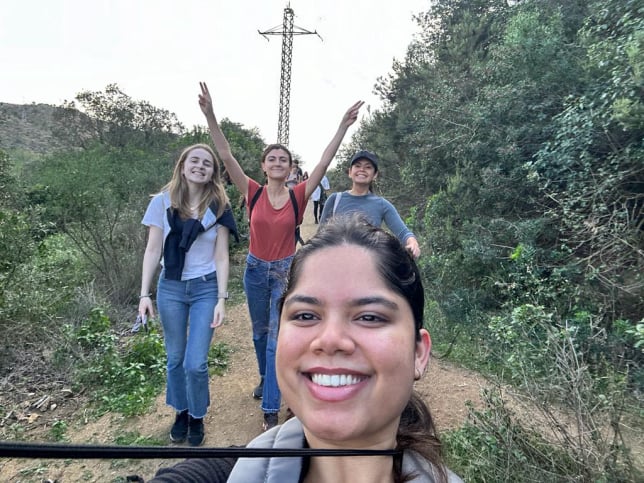
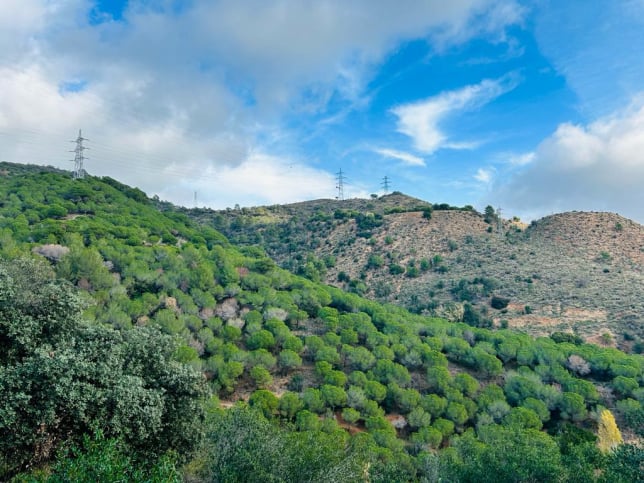
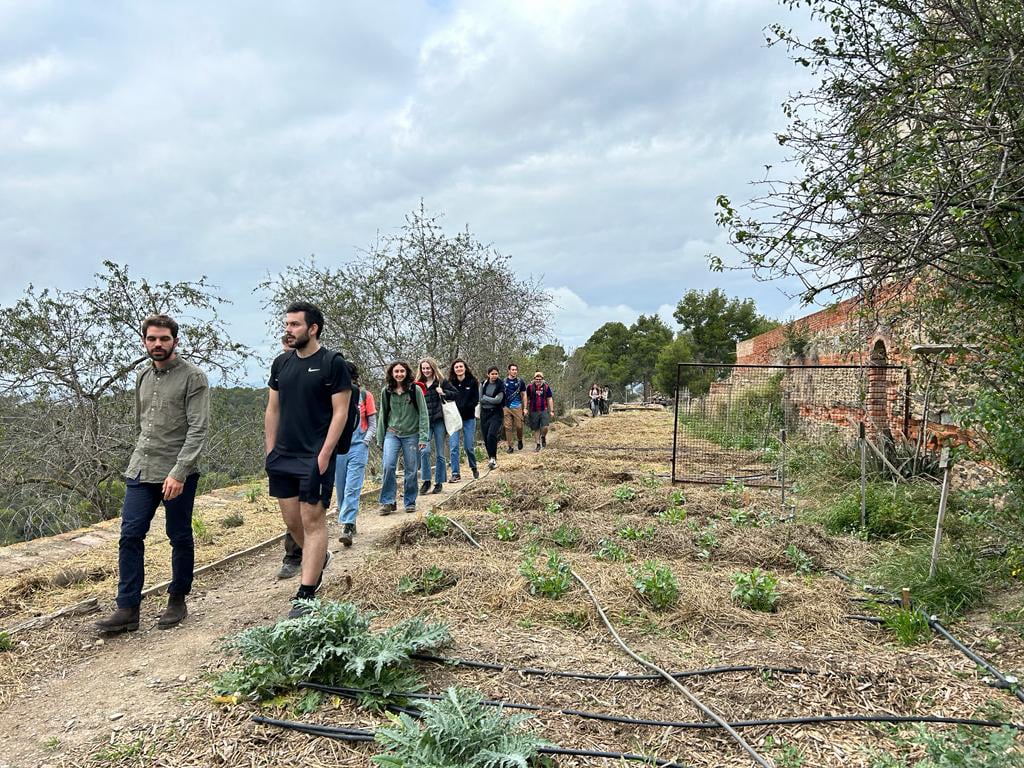
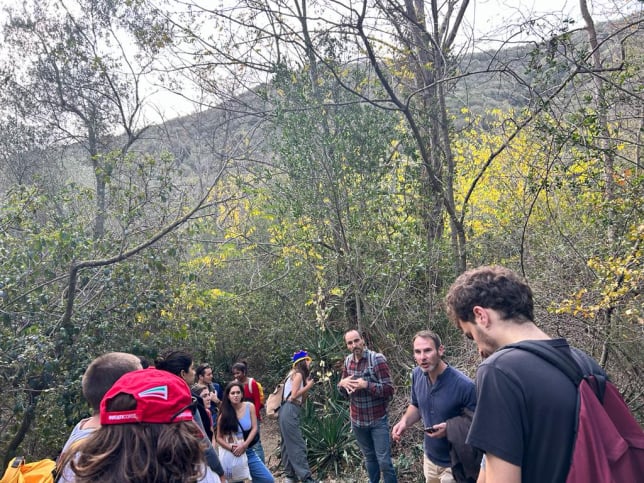

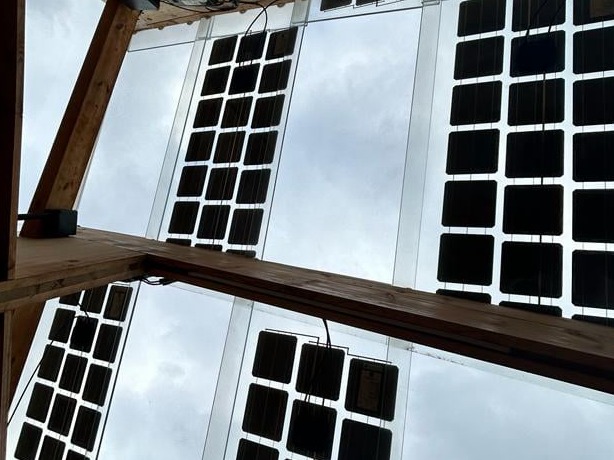
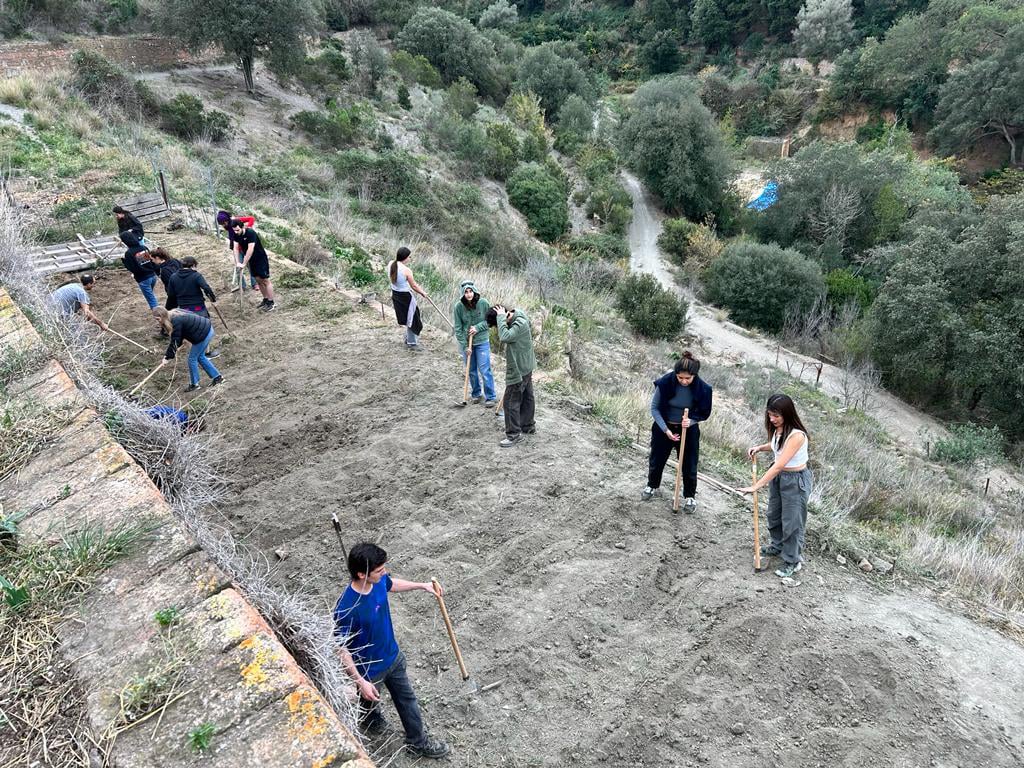
From forage to farm and back.
“Ecological indicators as drivers of technology choice”
Ecological indicator - how you read nature, how do you understand nature
Technology choice - which mode of industry would you chose to be a part of
Permaculture
Permaculture can be understood as the growth of agricultural ecosystems in a self-sufficient and sustainable way. This form of agriculture draws inspiration from nature to develop synergetic farming systems based on crop diversity, resilience, natural productivity, and sustainability.
Ecotone
An ecotone is a transition area between two biological communities, where two communities meet and integrate. It may be narrow or wide, and it may be local or regional.
Keyline Agriculture
The Keyline technique is a landscaping design used to maximize water catchment and its equal redistribution. It promotes the reduction of water velocity, fighting soil erosion and improving soil water retention.
Cistercian Network - monasteries sharing agricultural practices
What is it to be self - sufficient?
To be prosumers
Able to maintain oneself or itself without outside aid
In science and history, consilience refers to the principle that evidence from independent, unrelated sources can converge to strong conclusions.
Appropriate Technology Movement
Appropriate technology is an ideological movement that involves small-scale, labor-intensive, energy efficient, environmentally sound, people-centered, and locally controlled projects.
Participating in the Agricultural Zero seminar was an eye-opening experience, immersing myself in the intricacies of various agricultural techniques and sustainable practices. The breadth of knowledge covered in the seminar, from ecological indicators to permaculture, keyline agriculture, and Cistercian networks, provided a comprehensive understanding of the diverse methods that contribute to responsible farming.
The sessions on polyculture farming, companion cropping, and rewilding emphasized the importance of biodiversity in creating resilient and balanced farming systems. These terms transformed from mere concepts to tangible strategies that I could envision implementing in real-life agricultural scenarios.
The theory session laid the foundation for practical applications, setting the stage for the highlight of the seminar: the hike to Valldaura mountain on the outskirts of Barcelona. This two-hour trek was more than just a physical journey; it was an immersive exploration into the heart of sustainable living. Pausing at intervals to observe the evolving landscape, identify plants, and utilizing the iNaturalist app heightened our connection with nature. The hike was not merely a means to an end but a transformative experience that bridged the gap between theoretical knowledge and real-world application.
Upon reaching the summit, the self-sufficient campus at Valldaura unfolded before us. The hands-on experience of touring the little greenhouse, planting crops, and engaging with the soil brought to life the concepts learned in the theory sessions. Taking an active role in the farming process fostered a deeper appreciation for the intricate balance between nature and agriculture. It was more than just witnessing sustainable practices; it was about becoming an active participant in a system that values and respects the environment.








The essential oil activity was a fascinating journey into the labor-intensive process of distillation. Collecting laurel leaves and witnessing the transformation into a minimal amount of essential oil underscored the rarity and value of these products. This hands-on experience was a stark reminder of the resource-intensive nature of essential oil production, highlighting the importance of sustainable and eco-friendly alternatives in our daily lives.
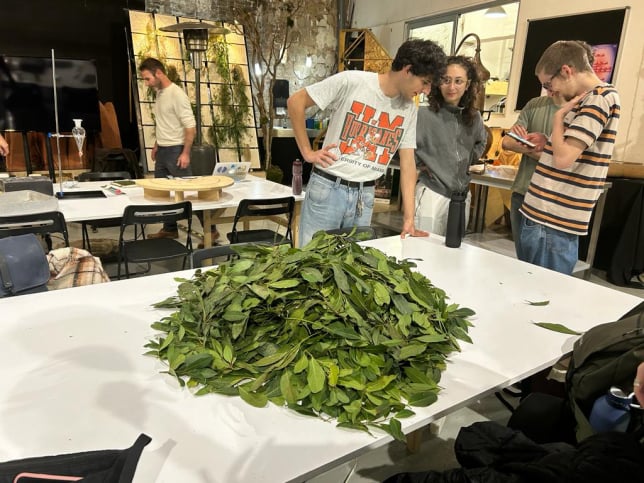
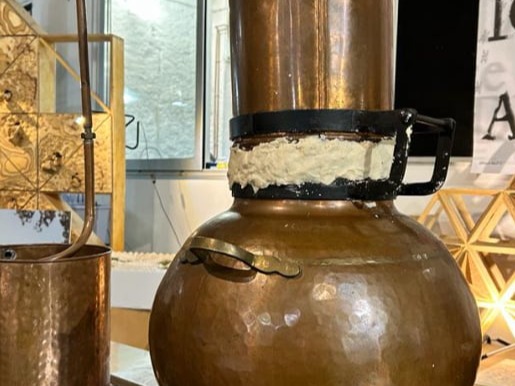
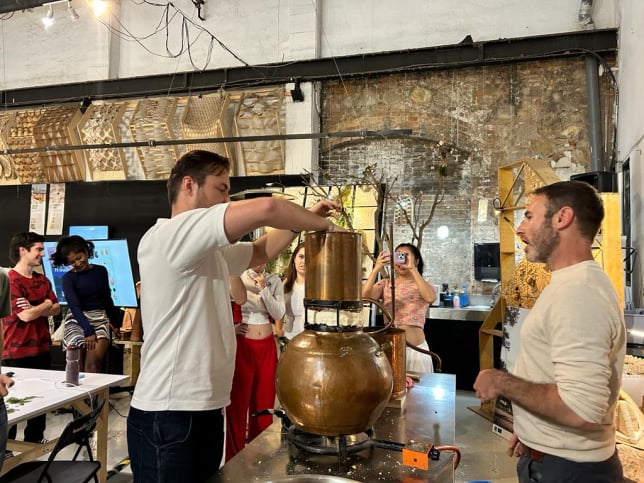
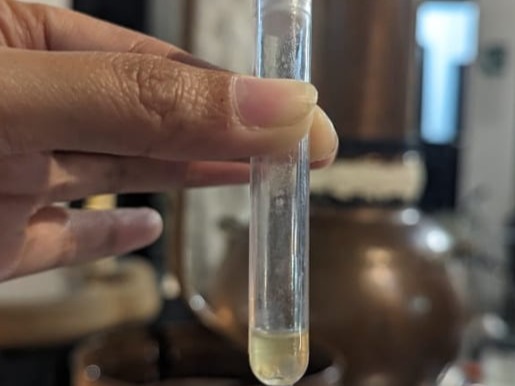
The first activity we carried out consisted of analyzing different types of soil according to a classification scheme that takes into account consistency, granularity, ability to form solid drips and colour. We used an app called Sqapp to differentiate the soil according to its shade and place of origin. We also test the nitrite and nitrate level of the soils, as well as the pH. Our soil was similar to clay and as we played around with it, it allowed us to examine the it's different properties.
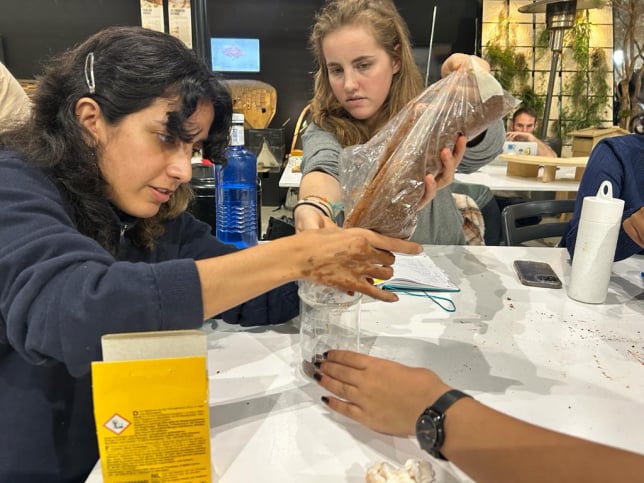

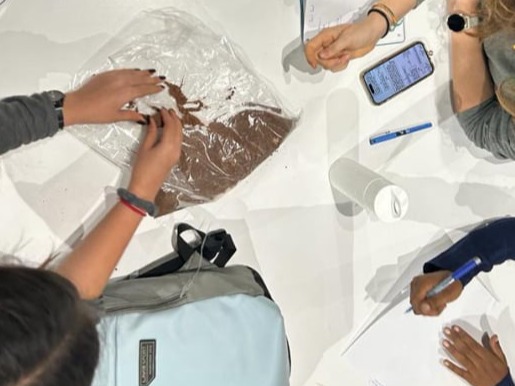
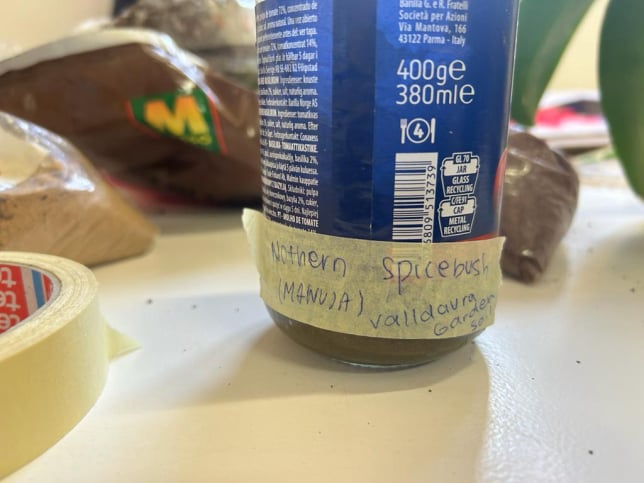
The culmination of the seminar involved planting Northern spicebush seeds, an activity that now has me eagerly awaiting the growth of the plant. Understanding the significance of this particular seed and nurturing it from the very beginning adds a personal dimension to the broader context of sustainable agriculture. It serves as a tangible reminder of the role each of us plays in the collective effort towards a greener and more sustainable future.
In conclusion, the Agricultural Zero seminar went beyond theoretical discussions, providing a holistic and immersive experience. From the informative theory sessions to the hands-on activities during the hike, essential oil distillation, and seed planting, each element contributed to a richer understanding of the intricate relationship between agriculture, nature, and sustainability.
Best AI Website Creator